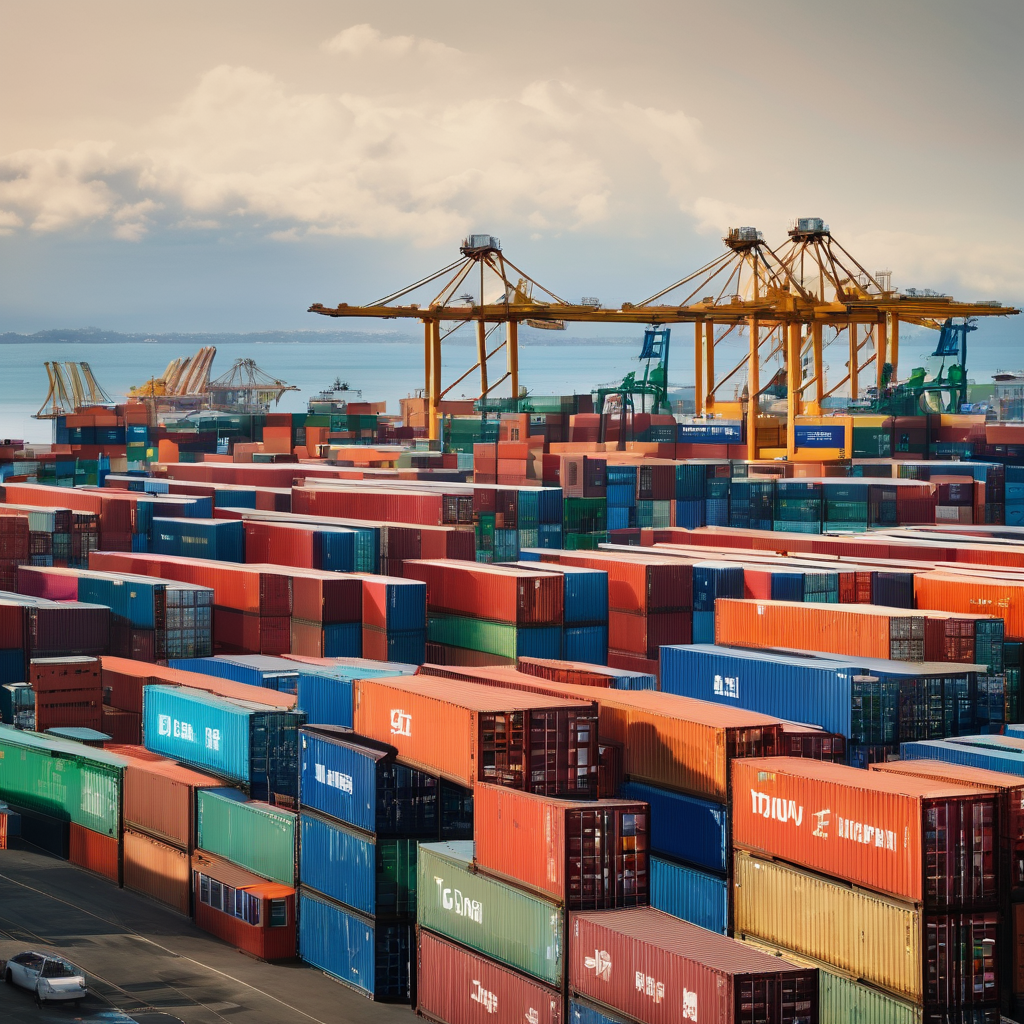Over the past week, Suva Port has seen a significant uptick in maritime activity, handling more than 4,000 containers and welcoming 10 vessels. This surge is attributed to a spike in shipping traffic following delays experienced at East Asian and Pacific Island ports, according to Fiji Ports Terminal Ltd (FPTL).
In light of the congestion, FPTL has issued a public notice highlighting the challenges faced due to the clustering of vessel arrivals. The heavy congestion has notably hindered quay and yard operations, complicating the timely delivery of import containers and the loading of exports.
FPTL has pointed out that the situation has been exacerbated by many importers only retrieving their containers on the third or last free day. The limited clearance operations during weekends and after hours have further hampered the flow of cargo. As a remedy, FPTL urges importers to clear containers promptly upon discharge to free up yard space for new arrivals.
Despite the difficult circumstances, FPTL reassures stakeholders that efforts are being made to process the cargo swiftly, although the port operator must accommodate all incoming vessels. The agency also cautions that similar disruptions could recur if shipping schedules continue to be erratic and vessels keep arriving in quick succession.
This recent activity at Suva Port reflects an ongoing trend, as FPTL had earlier reported an increase in container volume throughout August, handling 9,658 containers compared to 8,815 in July. The CEO of FPTL, Hasthika Dela, indicated that global shipping challenges, including geopolitical tensions and supply-demand imbalances, continue to impact operations.
As FPTL works to improve its infrastructure and operational capacity, there lies a hopeful prospect for enhancing efficiency at the port. The company is exploring technological advancements and operational improvements to alleviate congestion issues in the future, thus supporting economic stability and growth in Fiji’s trade sector. Stakeholders can expect regular updates as the situation unfolds, underscoring a commitment to adapting and responding to maritime challenges.
